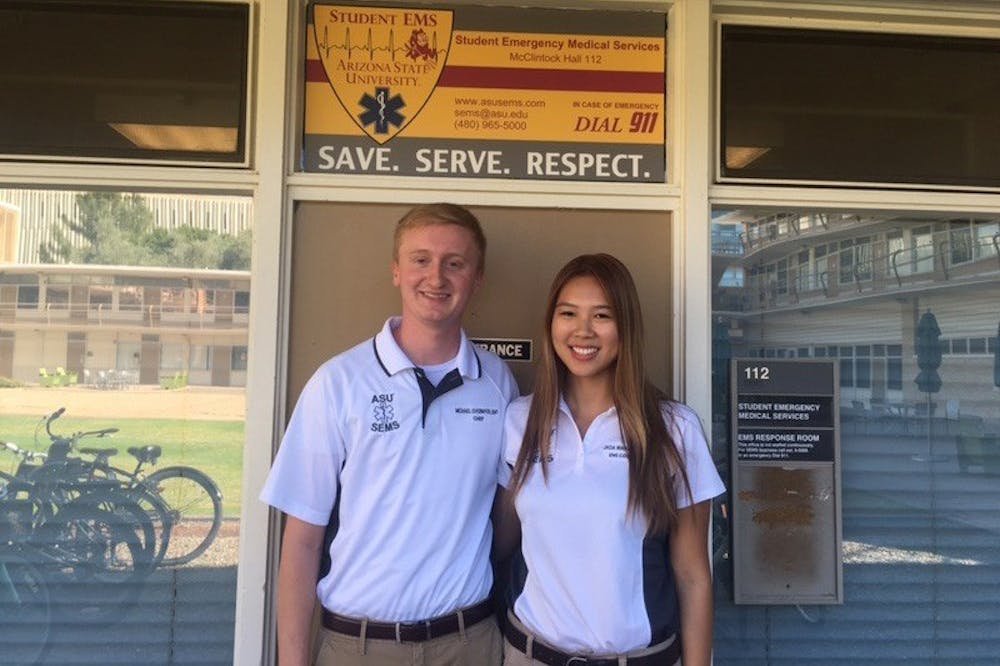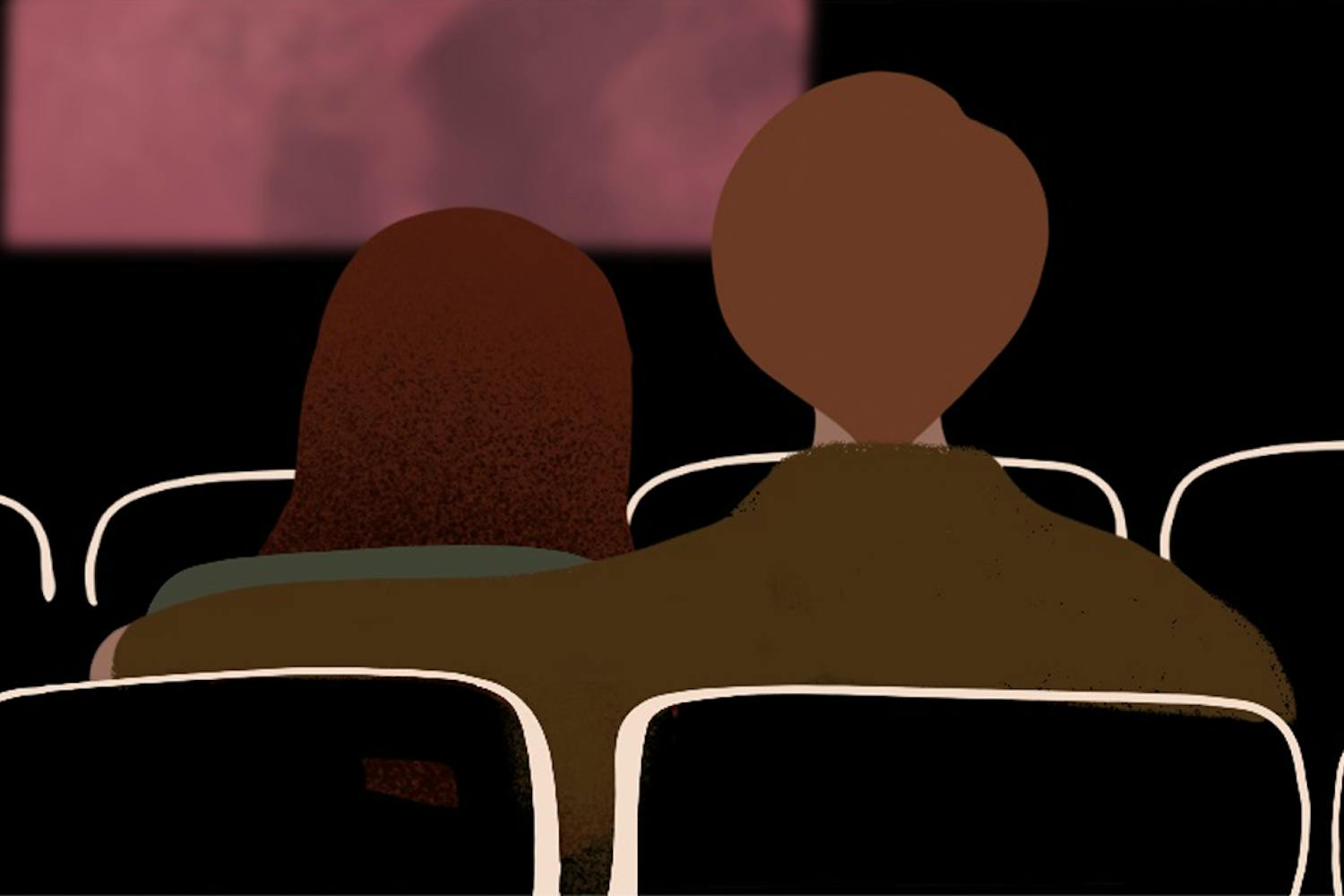The ASU Student Emergency Medical Services (Student EMS) is a student-run volunteer organization whose members serve as the acting emergency medical technicians (EMTs) on ASU’s campus.
Michael Overmyer, a first-year graduate student studying emergency management and homeland security, is the current chief of the club, which is currently in its ninth year on campus.
Overmyer, who has been an EMT since he was 16, said the club allows students who cannot work full time to get important job experience.
“It’s very hard to find a part-time EMT job,” he said. “Full time students can’t work full-time jobs. What we do is we fill that gap by letting students work part-time as volunteers to get that EMT experience, and we work with school schedules.”
Students in the club work six hour shifts, and students will receive one or two calls on average, but it can vary each day, Overmyer said.
Overmyer said there are currently about 50 members of the club, 40 of which are certified EMTs, while the other members act as dispatchers.
The dispatchers have a working relationship with the ASU Police Department.
Overmyer said if ASU police receives a call for a medical emergency, ASU police notifies the club and simultaneously dispatches the fire department. Both SEMS and the fire department help the patient, and if the patient needs a hospital, the fire department takes them.
Jada Wang, a senior studying biological sciences and the Student EMS coordinator, said she works to schedule any outside organizations that want to hire the club.
Even though the club works at ASU's campus on a daily basis, the University sometimes hires members to standby at events, Wang said.
In addition, outside organizations can fill out standby requests to have them at events like footraces.
Wang said that as a freshman she was not confident in her skills as an EMT, but the club helped her grow and become a mentor to other new members.
“They really did focus on mentoring everyone and making everyone comfortable with their skills,” she said. “I fell in love with the fact that EMTs take care of each other, and that’s helped me grow into the leader I am today.”
Wang and Overmyer both said being able to help their peers gives them pride and also helps the students feel more comfortable.
“Instead of getting four adults from a fire truck that can be intimidating, you get someone who is college age, and it makes them more comfortable and helps them tell us what is going on,” Wang said.
Dr. Stefanie Schroeder, the medical director for ASU health services and the club's advisor, said she has been with the club since its beginning.
“We made protocols, and I signed off on all of those protocols," she said. "If there is an issue they have to call me and ask for direction.”
Schroeder said her involvement with the club is as minimal as possible. She only gets involved when the club needs something new or when a member needs help with something not already in the protocol, she said.
“Let's say there's a cardiac arrest,” she said. “You go through the various steps you can take ... for each problem there may be, there is a protocol. If there isn't a protocol, they call me or 911 if it's an emergency.”
Schroeder credited former ASU student Sean McMullen for most of the algorithms.
"It's been fabulous (working with the club),” she said. “Sean McMullen did most of the heavy lifting ... he developed all the protocols and algorithms I signed off on each one of them as the medical director.”
Schroeder also said that though the EMTs are students, they are professionals as well.
"They are EMTs,” she said, “They are not student EMTs. They are certified. They could get a job outside and do this for a living. They just choose to do this on a volunteer basis on campus.”
Student EMS is a great example of ASU students helping the community, Overmyer said.
"We are ASU students helping other ASU students,” he said. “I think that’s the coolest part."
Overmyer said his main drive in running the club is that he gets to help students on a daily basis.
“When someone is hurt or sick on this campus and a peer responds ... it is comforting because it's someone who is on your level and understands what you’re going through," he said. "I think my drive is to help this community that I am a part of.”
Correction: Due to a reporting error, the previous version of this article didn’t correctly clarify the relationship between the student organization SEMS and the police and fire departments.
Reach the reporter at ajhowar6@asu.edu and follow @andrew_howard4 on Twitter.
Like The State Press on Facebook and follow @statepress on Twitter.




